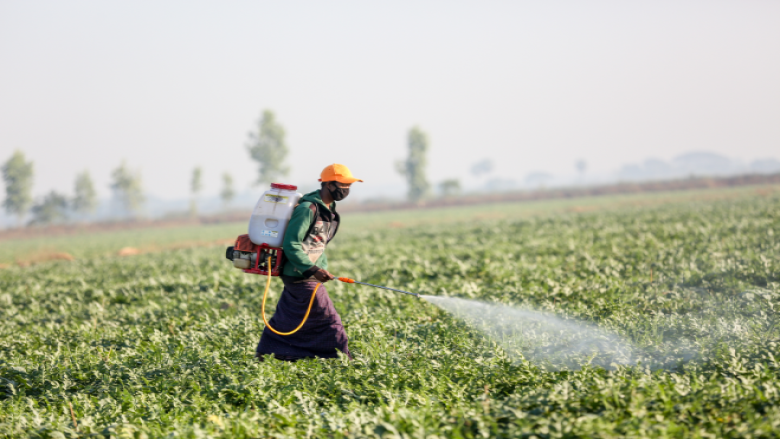About one in four people in Myanmar is poor.
- Estimations from the 2017 Myanmar Living Conditions Survey (MLCS) reveals that 24.8 percent of the population is poor.
- The poverty line in 2017 was 1,590 kyat per adult equivalent per day (in 2017 quarter 1 kyat). Those with consumption levels at or below 1,590 kyat per day are considered poor.
Poverty has a strong geographic dimension.
- The poverty headcount is 2.7 times higher in rural areas (30.2 percent) than in urban areas (11.3 percent).
- The number of poor people is 6.7 times higher in rural areas than in urban areas.
- Poverty rates differ significantly by state/region: poverty is the most prevalent in Chin State, where almost six out of ten people are poor, and in Rakhine State, where about four out of ten are poor. At the other end of the spectrum, Tanintharyi, Mandalay, and Yangon Regions have the lowest poverty rates, in all cases between 13 and 14 percent.
The share of the population that is poor halved between 2005 and 2017.
- The Poverty Report shows that the proportion of the population living under the national poverty line halved from 48.2 percent in 2005 to 24.8 percent in 2017.
- The reduction in poverty is visible in both rural and urban areas, but has been faster in urban areas.
- Poverty depth and severity have also decreased substantially since 2005.
Despite strong performance on poverty reduction, vulnerability to poverty remains an issue.
- A third of the population is highly vulnerable to falling into poverty in the future, despite not being poor in 2017.
- As the poverty rate declined since 2005, the share of the population that is non-poor has increased, but the share of those classified as vulnerable has also grown by 18 percent.
The poor differ from the non-poor on a number of key socioeconomic and demographic characteristics.
- The poor are more likely to live in larger households with more children: on average, poor households have almost two times more children than non-poor households.
- Poor households are more likely to have a head with little or no education.
- Households that own land or have diversified from agricultural work have higher welfare.
